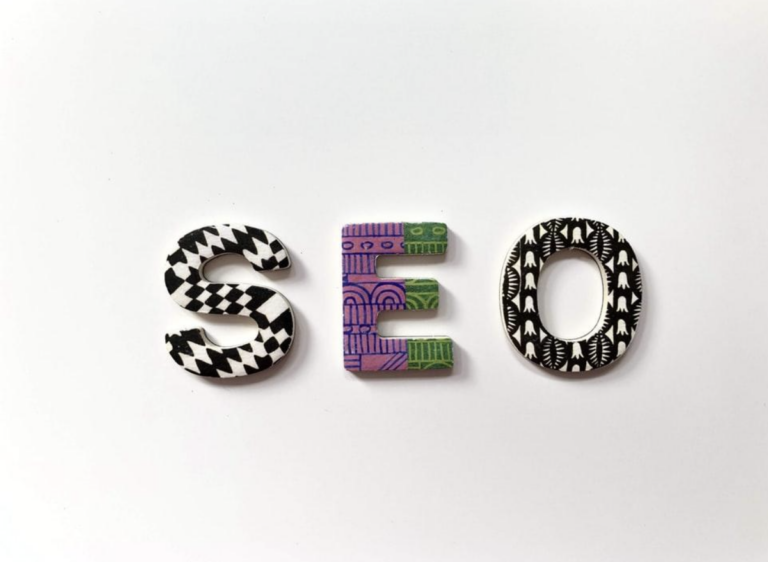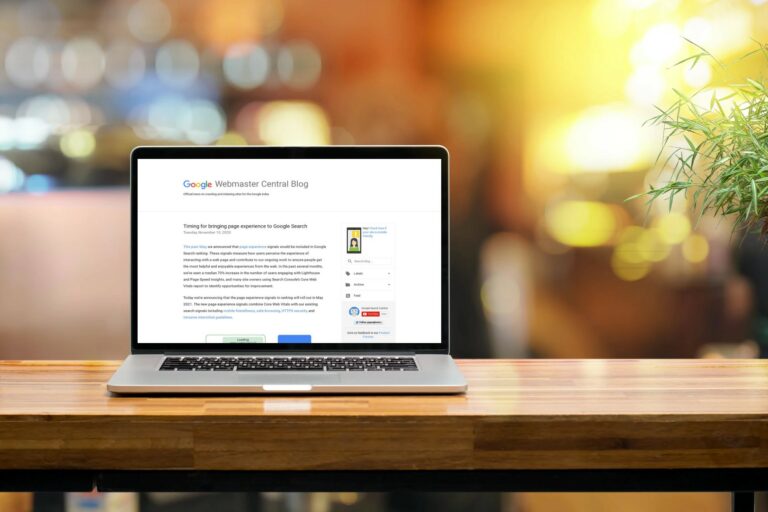Why Should You Personalize Content?
Enhancing Your Brand UX For Good
What’s the first thing that comes to mind when you think about personalization? For most people, it will probably be their favorite retail chain.
Many brands choose to invest in SEO agency and personalization because it provides a better user experience. There are several benefits of personalization: Unlike mass marketing, personalized marketing makes your audience feel special. It helps build trust and loyalty among your users. A good example is how Amazon’s “People who bought this item also bought” feature can increase conversion rates by 12%.
What is Data-informed personalization?
Data-informed personalization allows you to cater to your users’ preferences so they are more likely to read, watch or listen to it. According to research, people are 52 times more likely to engage with a message if it includes their name: Personalized messages make people feel like the brand knows them and has taken the time and effort to deliver something specifically for them (which increases engagement).
Personalized Messages
Although personalized messages can be helpful, companies need to be careful not to go overboard because there is too much good. A study by Direct Marketing Association found that only 17% of consumers want to receive more personalized communication from marketers:
The tone of voice and wording are also important factors when it comes to personalization. If you send too many messages that sound the same, your users might end up feeling bombarded rather than feeling special. The key is striking a balance between overly specific and generic, so make sure your tone matches your business objectives.
In the end, providing a better user experience for each user isn’t just ethical. It’s necessary for increased conversions/engagement with your brand. It allows you to create an environment where users feel like they’re part of something bigger instead of numbers in a spreadsheet. Personalized messages are also more effective because they are less likely to fall on deaf ears.
What Brands Can Gain From Personalization, And Why They Should Care
There’s a lot of value to be gained from personalizing content and experiences for an individual user, whether that person is a customer, client, or just interested in learning more about your brand. It can help create a more powerful connection with your audience by helping them get to know you better on a more human level. In turn, that increases the chances they will feel connected to your brand. And after all, is not feeling connected what it’s all about? Here are some ways personalization can help you accomplish this:
- It allows you to have deeper conversations with your customers. By getting started with personalized marketing strategies, brands can create interactions based on preferences and interests, enabling a more customized exchange.
- It allows you to tailor offers and experiences. One of the most powerful methods for engaging customers is by offering them tailored experiences that speak directly to their needs. If you can design something just right for them, whether it’s a landing page or email campaign, they will be much more likely to engage with your brand because they feel valued as an individual. It helps set brands apart from the competition – they build relationships based on a real human connection.
- If done right, it helps drive increased conversion rates. The key here is doing personalization “right.” If you run A/B tests without clearly stating what variables have been changed – including how many – then you’re not making the most of your test results. If you’re interested in seeing positive ROI on your email personalization efforts, it’s important to have a clear goal in mind before you begin any testing or design work.
What You Can Do To Get Started With Personalization
Personalized content isn’t about randomizing variables so much as it is about channeling your creativity toward creating a user experience that speaks directly to your brand’s core audience. So the first step is to start thinking of your customers as individuals and build relationships with them based on needs and interests instead of numbers. To do this, you’ll need to gather data about what they like and how they behave online. Here are some ways brands can go about doing that:
Create a customer avatar/persona
It is an excellent way for marketing teams, in particular, to get started with creating a more personalized marketing strategy. Suppose you can find out your ideal customers by looking at the demographics that make up your top 10% most engaged users. In that case, it will be much easier for you to target them explicitly using relevant content down the road after you’ve started gathering that personalized data.
Ask for the information you need
Some brands ask directly for specific data, like what kind of content they want to see, while others just put together an email sign-up form and leave it at that. Regardless of what route you go with here, it would help if you asked users questions about how often they interact with your brand so you can learn more about their preferences and interests.
Wrapping Up!
Although personalization will require a little bit of work, it’s all about finding out who your users are and creating a personalized experience for them – the results will pay off immensely. The key to successful personalization is to make sure you build relationships with individual people instead of keeping up with data as a whole. In other words, stop thinking of every user as the same. Instead, start focusing on what they want from your brand and giving them those things so that they feel valued as individuals instead of just another number in a spreadsheet. If you can do that, you will be well toward converting more users into customers.






